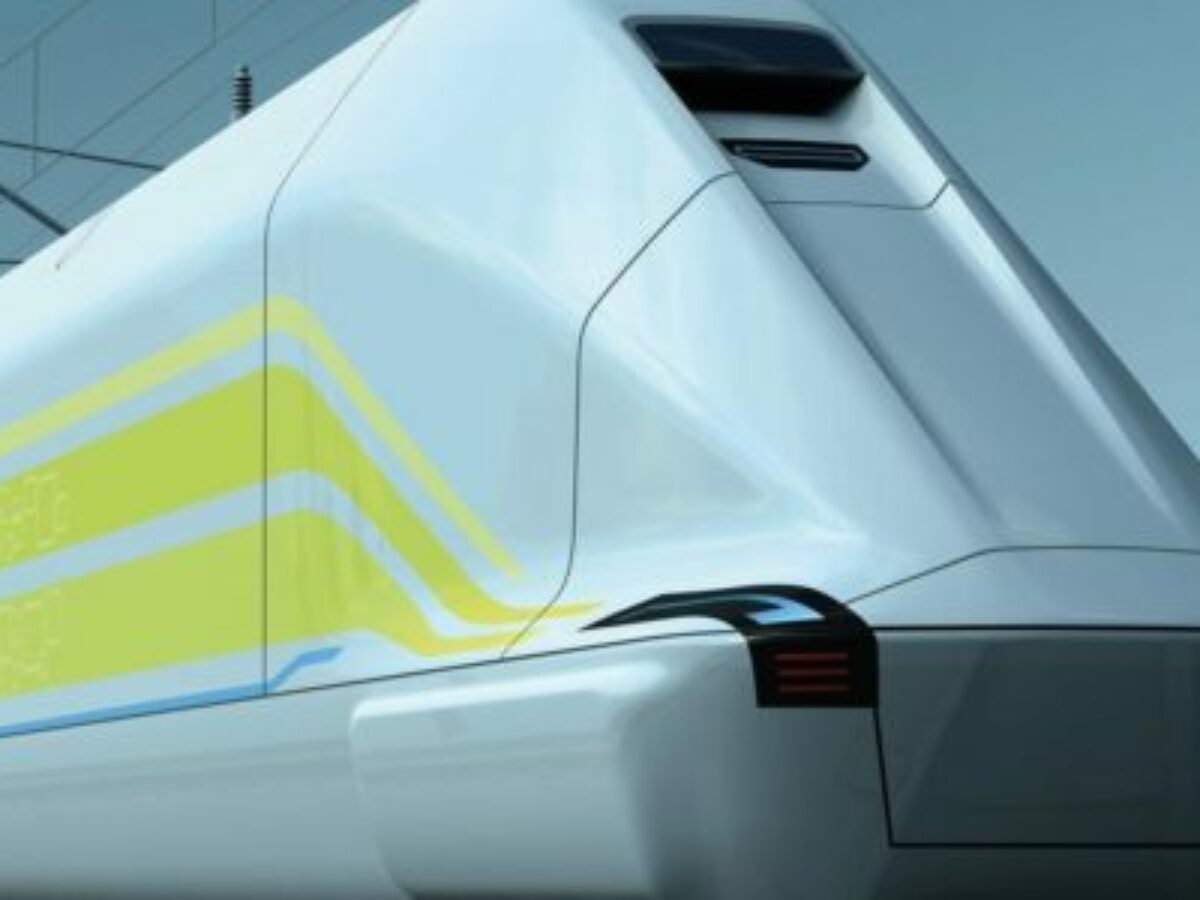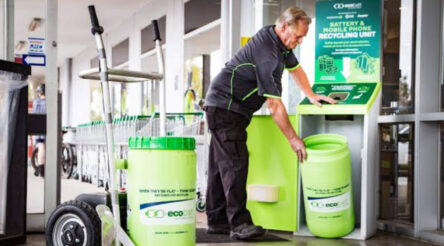Government presents case for high-speed rail, new authority

The federal government said it will introduce legislation to parliament on Wednesday to establish a High Speed Rail Authority, with a Sydney to Newcastle link its top priority.
Acknowledging the long history of interest and false starts for east coast high-speed rail, infrastructure minister Catherine King said “no project captures the imagination of Australians quite like” it.
A fast Sydney-Melbourne link was first proposed by the CSIRO in 1984.
Labor released a detailed feasibility study on high-speed rail in 2013, the final year of its previous term in government.
According to the statement from King, the initial Newcastle-Sydney section would receive $500 million of Commonwealth backing for corridor planning and early works.
The new authority would simultaneously advance plans for other sections of a network, “which will eventually connect Brisbane to Melbourne, with stops in Canberra, Sydney and regional centres.”
The new authority would give “independent advice to governments” on planning and delivery, and “lead the coordination with states and territories” and be overseen by a board staffed by experts in rail and infrastructure.
The government said it hopes to enable rail transport exceeding 250 kilometres per hour between hubs in the network, and “[promote] sustainable settlement patterns and creating broad economic benefits for regional centres.”
Michael Sharpe from the Advanced Manufacturing Growth Centre wrote on this website in December last year that fast rail could be a major boost for manufacturers, enabling companies “to establish in regional NSW with affordable land and remarkable access to cities and ports.”
“High-speed passenger trains would enable people to consider moving to the regions with the ability to affordably build a home and raise a family close to job opportunities in advanced manufacturing and more.”
According to critics, such as the Grattan Institute, there are major complications attached to high-speed rail, including timelines and greenhouse gas emissions.
Such a network would take, “15 years of planning, then would be built in sections over about 30 years,” wrote Grattan’s Greg Moran in 2020.
On the environmental impact, “vast emissions would be released in the production of steel and concrete required to build a train line from Melbourne to Brisbane. These so-called “scope 3” emissions can account for 50-80% of total construction emissions.”
Picture: NGT Cargo train concept from Germany (Credit: DLR (CC BY-NC-ND 3.0)
Topics Manufacturing News
@aumanufacturing Sections
Analysis and Commentary Awards Defence Manufacturing News Podcast Technology Videos










